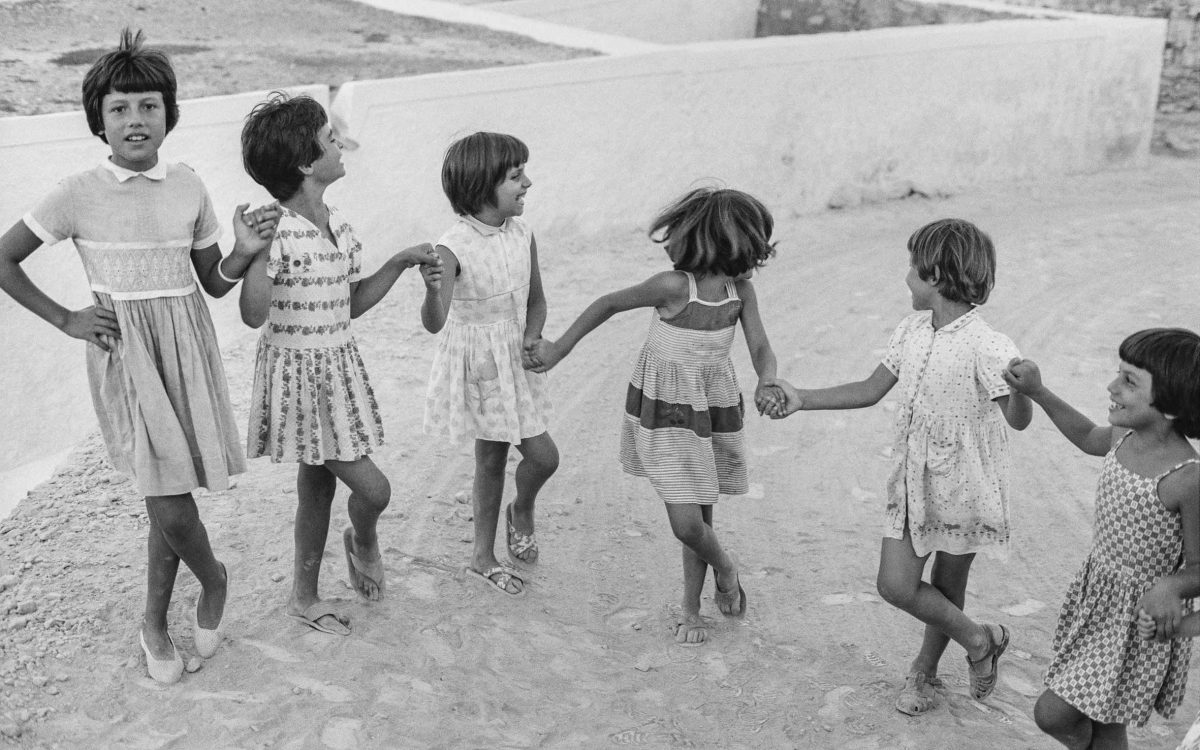“Every word I say, I count with the compass. To make sure my words are correct, as if I were singing in Kasos.”
In 1958, the ship “Dodecanese” sank near Symi, taking with it 28 souls. The curious thing is that it was not the first time that ship had sunk. Anchored in Piraeus during WWII, it had gone down during the bombing of the port. However, it was raised, repaired and entered passenger service after the war to call at the more remote islands; this was at a time when the country, in its efforts to recover from wartime hardships, was even willing to patch ships up. It was on this same rust bucket in 1954 that the young American student Robert McCabe made a stormy Rhodes-to-Crete voyage, with passengers begging the captain to return, certain that they were in grave danger.
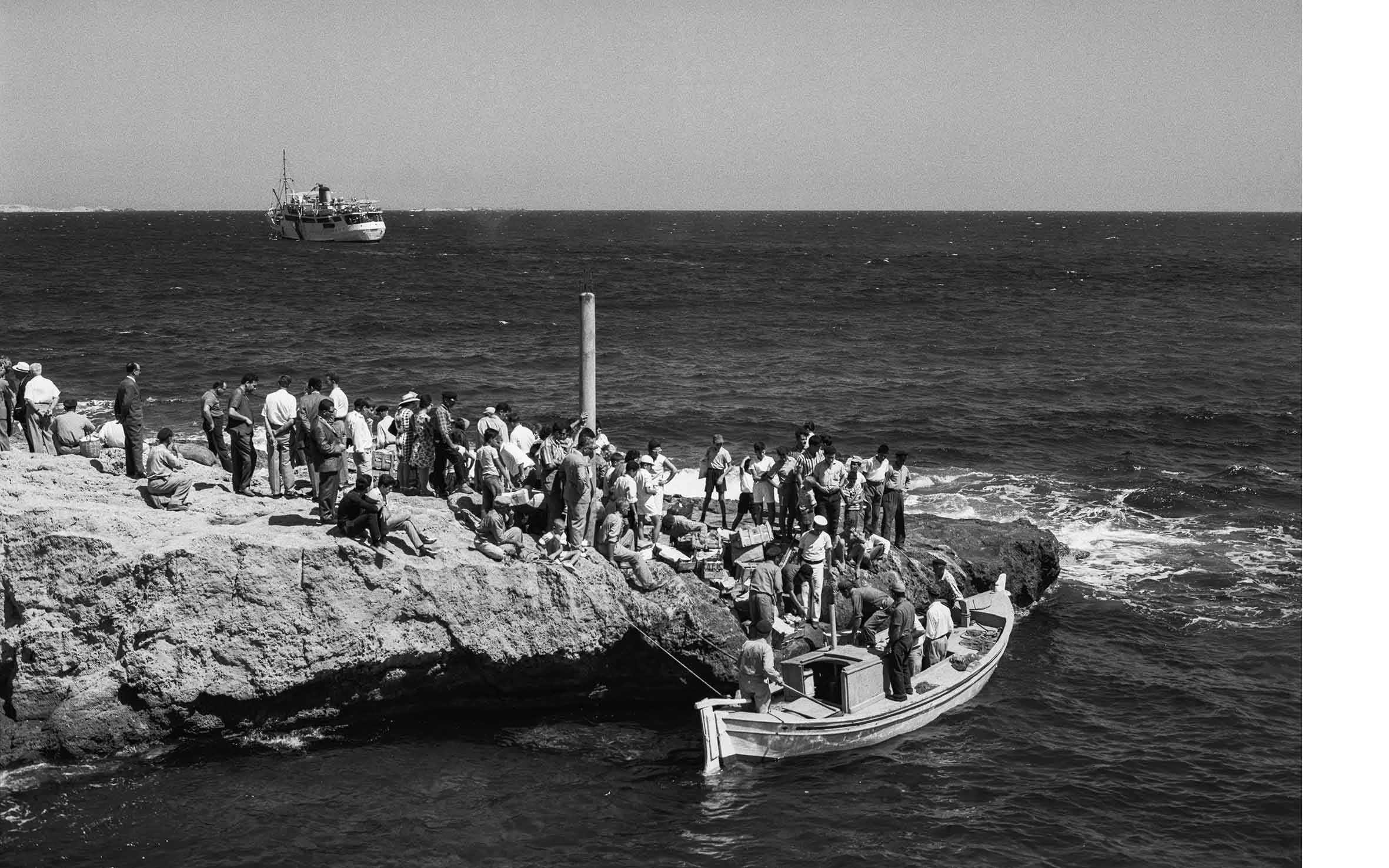
© Robert A. McCabe
That trip was the first time he saw Kasos. He took a photo of the port, but only one, from the rolling deck. Perhaps it was his youth that made him so reckless in the face of the storm. Perhaps it was because it was his first summer in Greece, and he was falling in love with the country and wanted to immortalize as many islands and parts of the hinterland that had remained completely untouched by progress and tourism as he could.

© Robert A. McCabe
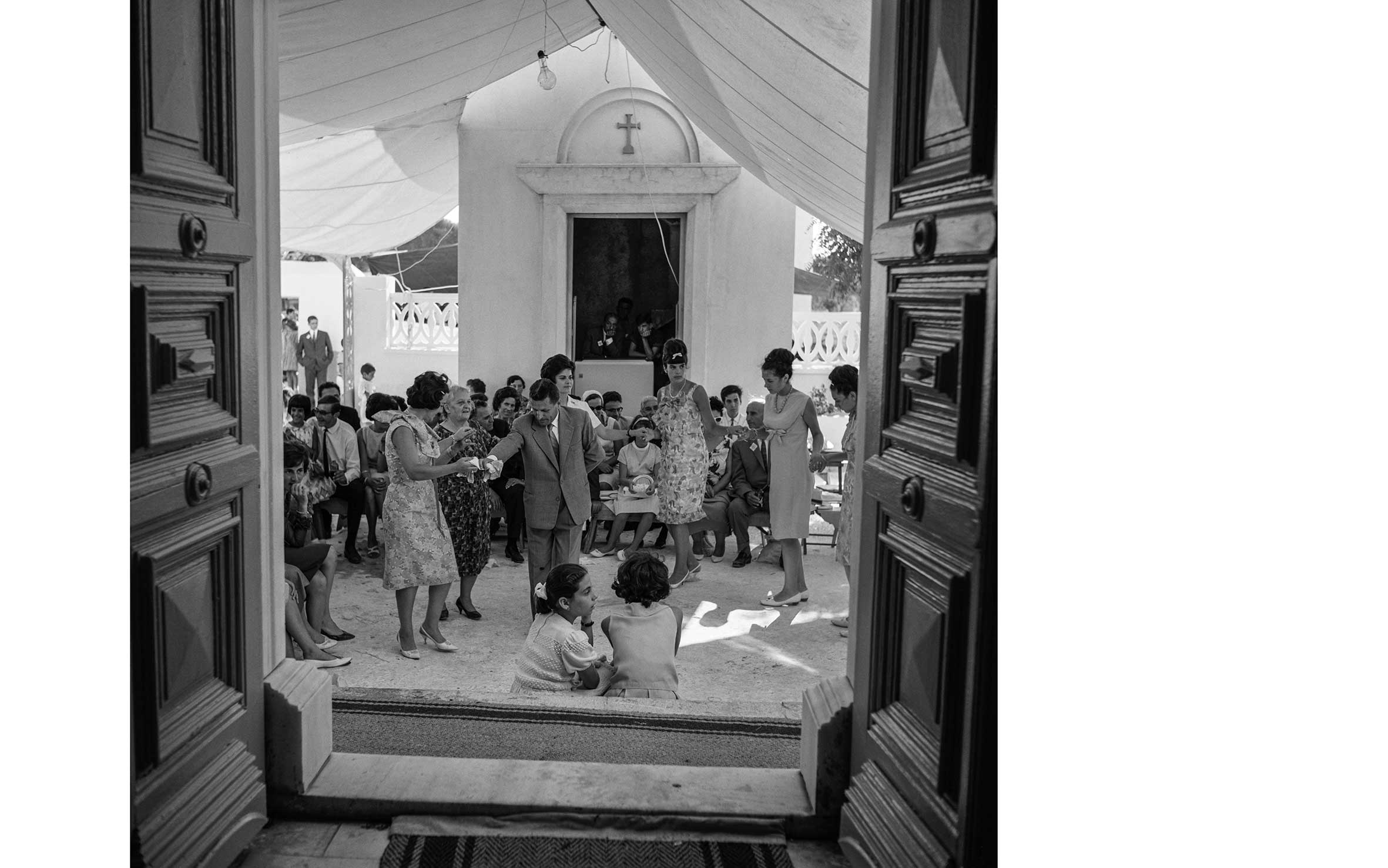
© Robert A. McCabe
In 1965, eleven years later – and while he was preparing to wed his Greek fiancée Dina Filippaiou – he finally set foot on Kasos, to take pictures that would illustrate a book by Elias Kouloukoundis, a writer from the island, entitled “Feast of Memory.” McCabe stayed for a week and attended the festival on the 15th of August, where all the island residents, its expatriates, its sailors and its ship captains come together. (Although largely in disrepair at the time, the island’s port remained one of the most famous seaports in Greece, home to many ship owners.) The locals welcomed McCabe with the vaunted Greek hospitality that has not changed since the days of Homer.

© Robert A. McCabe
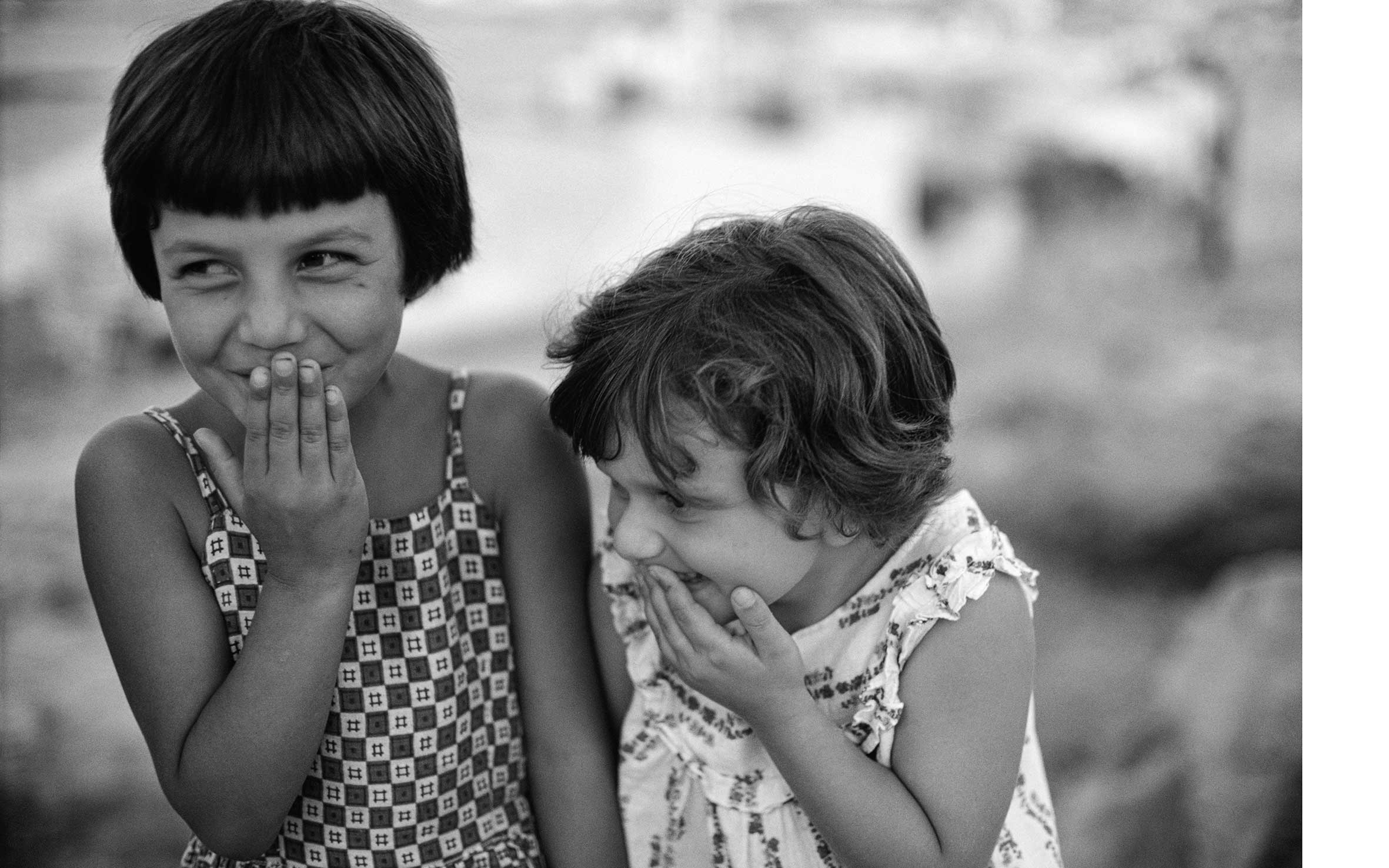
© Robert A. McCabe
For decades, the majority of the photos he took on Kasos that summer remained in his archive, with only a few appearing in his publications. Today, McCabe feels it’s his duty to bring them out of oblivion; it’s a debt to the island’s inhabitants, and a debt to his beloved Dina, who passed away just over a year ago. At the beginning of March, Patakis Publishers will bring out his latest photography book, “A Postcard from Kasos, 1965.” It will also be published in the USA and UK by Abbeville Press.
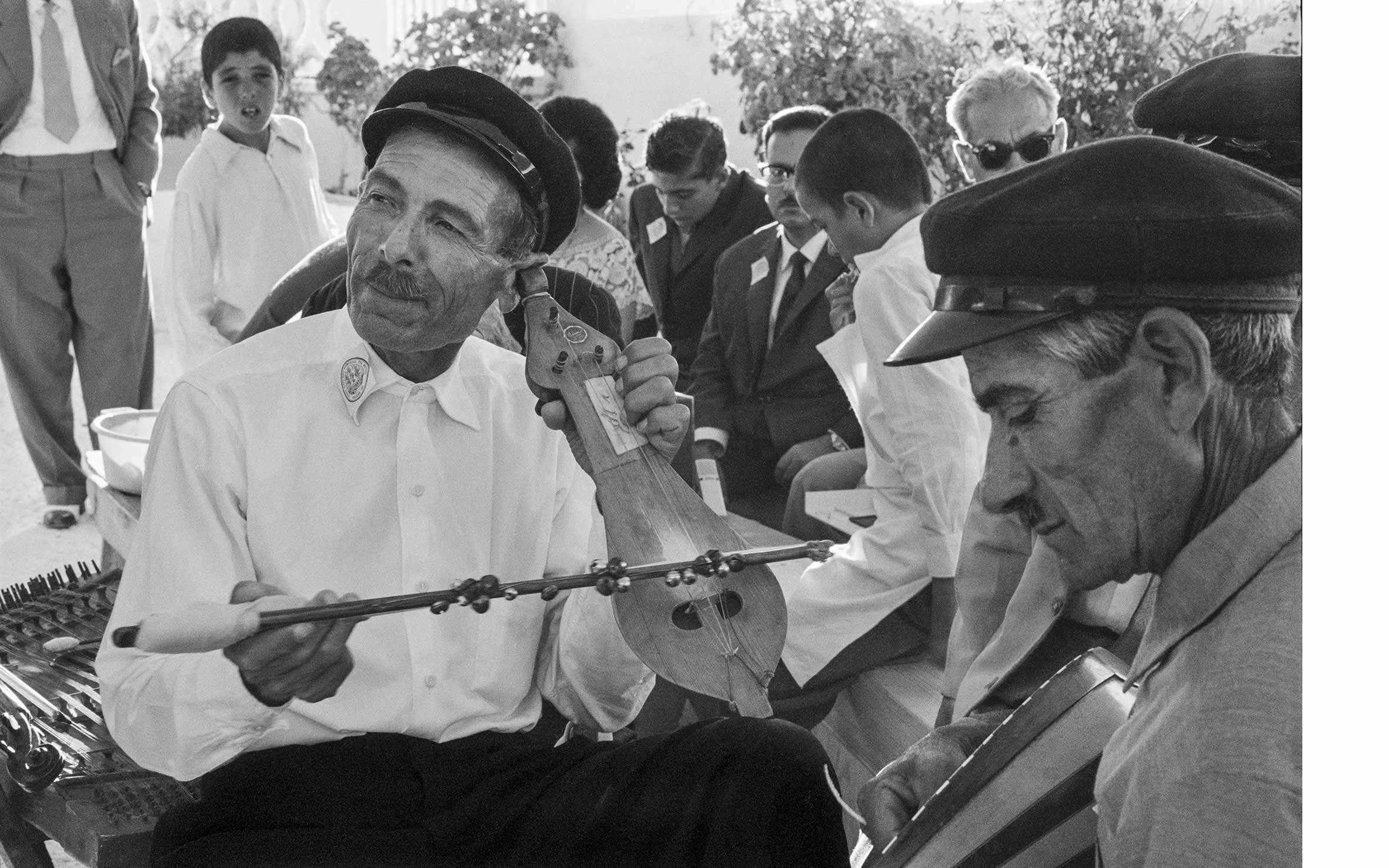
© Robert A. McCabe
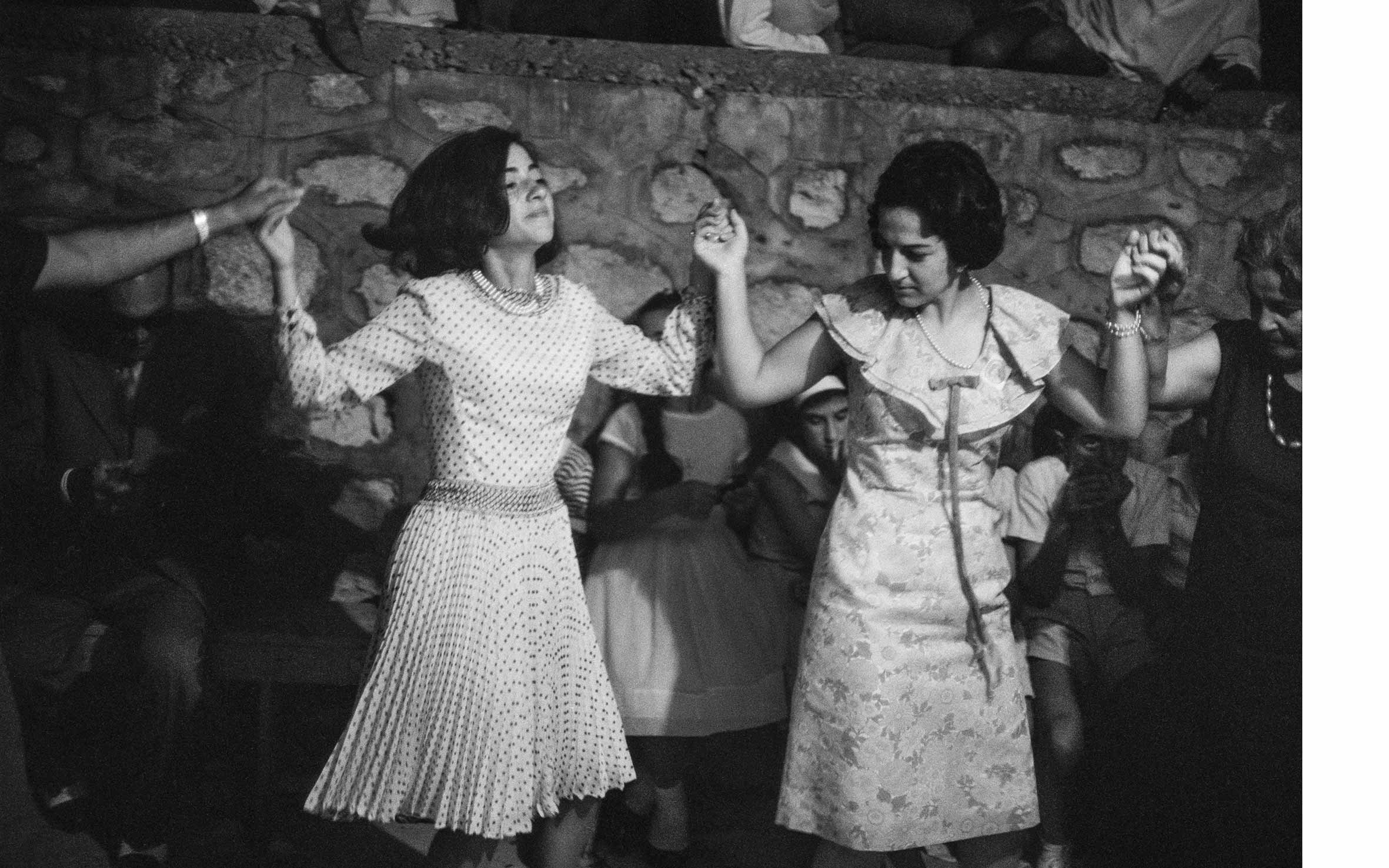
© Robert A. McCabe
The photographs in the book aren’t just of aesthetic value; they’re a tribute to an island that hasn’t changed much, in contrast to Mykonos and Santorini, now unrecognizable.
However, before going to print, there was a problem that needed to be solved. How could the faces that feature in the photos be identified, almost sixty years later? The journalist Nikos Mastropavlos, a colleague of McCabe’s who was born and raised on the island, undertook the task. One by one, he identified his compatriots, even remembering their nicknames, and wrote a moving text about his childhood on the island and his seafaring father. Marilen Frangoulis Kedros, who was born in Belgium of parents from Kasos and who is currently a resident of London, has also contributed a text, writing about her ancestral island from another point of view.
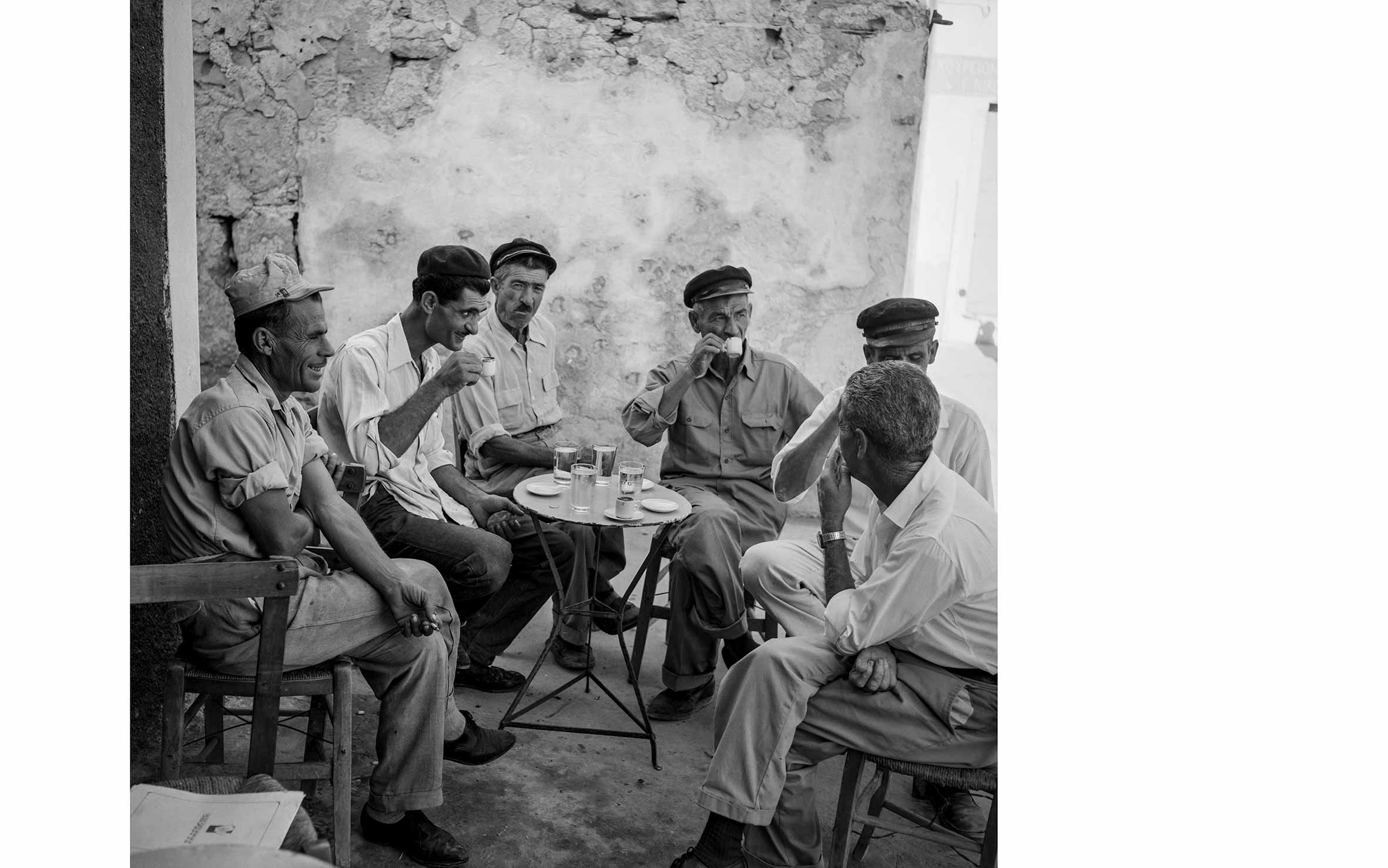
© Robert A. McCabe
Unlike other Aegean islands, Mastropavlos explains in his contribution, Kasos still retains its innocence, perhaps because it was hard to reach for so long. Even today, when the island has its own airport, the feeling of difficult access remains, he says, and inhabitants remain hospitable to visitors, knowing that, in choosing this place, they willfully embarked on an adventure to get here. That saves them, he concludes.
This article was previously published in Greek at kathimerini.gr. All photos by Robert A. McCabe. Scans by Idolo Lab.

